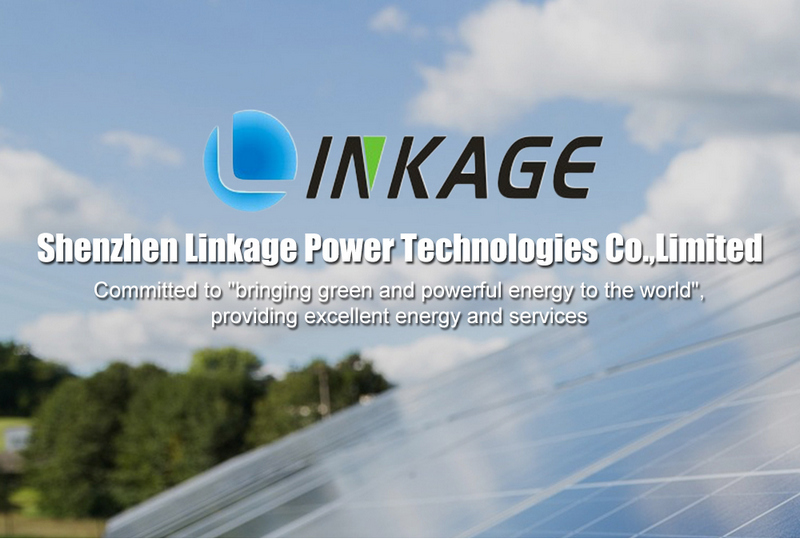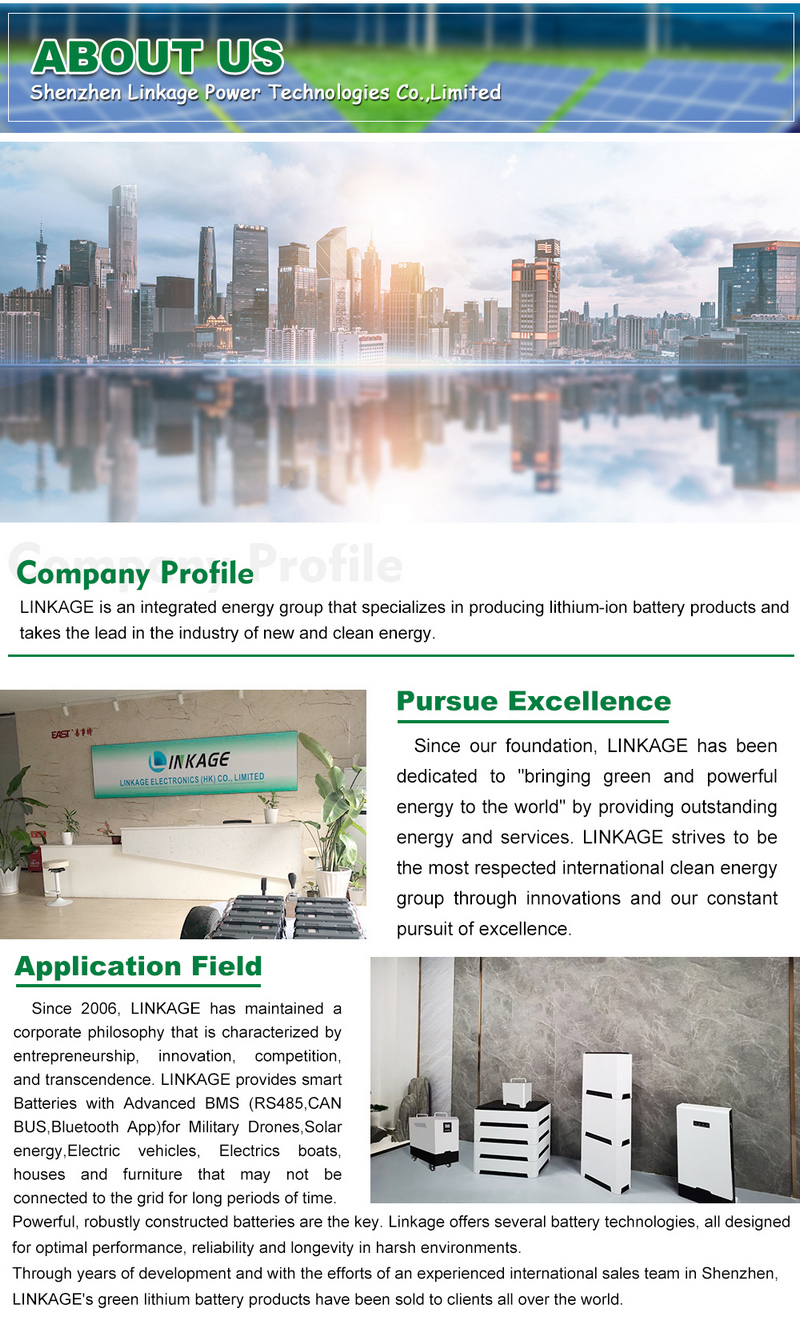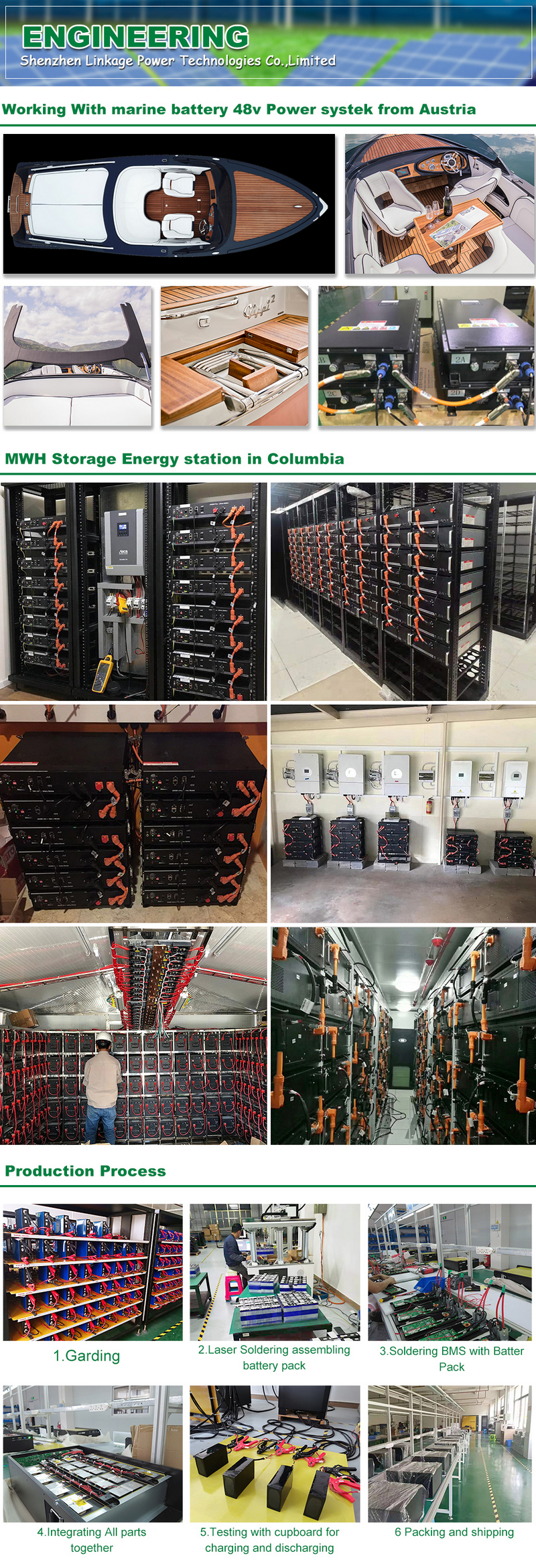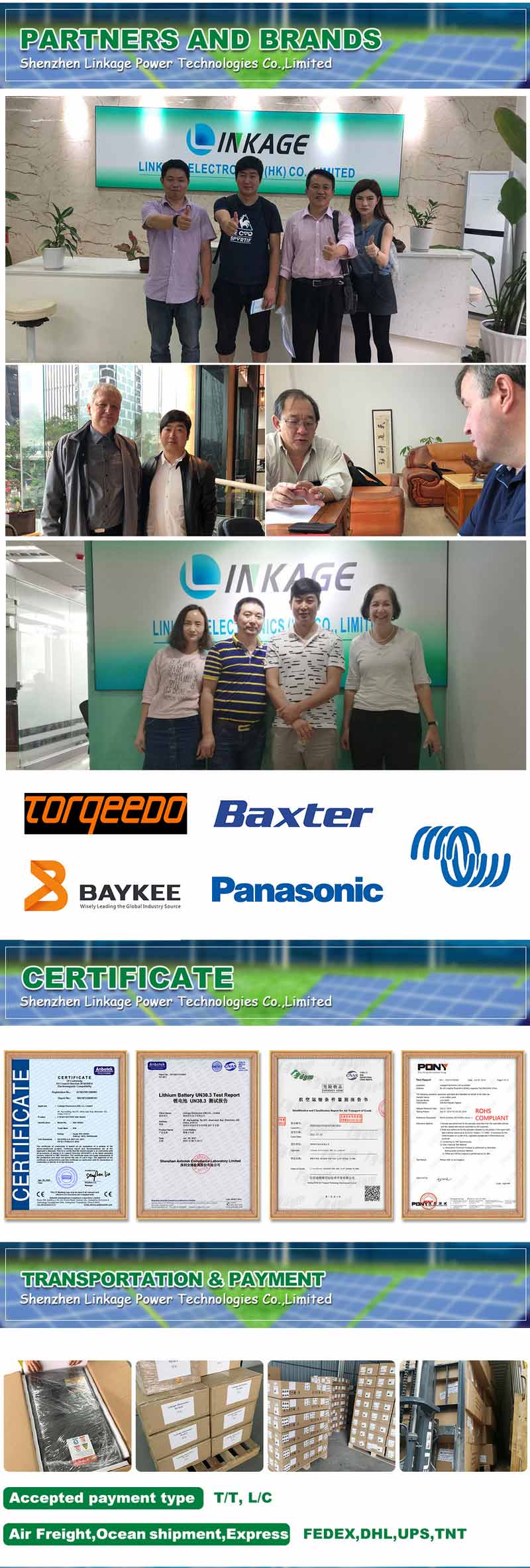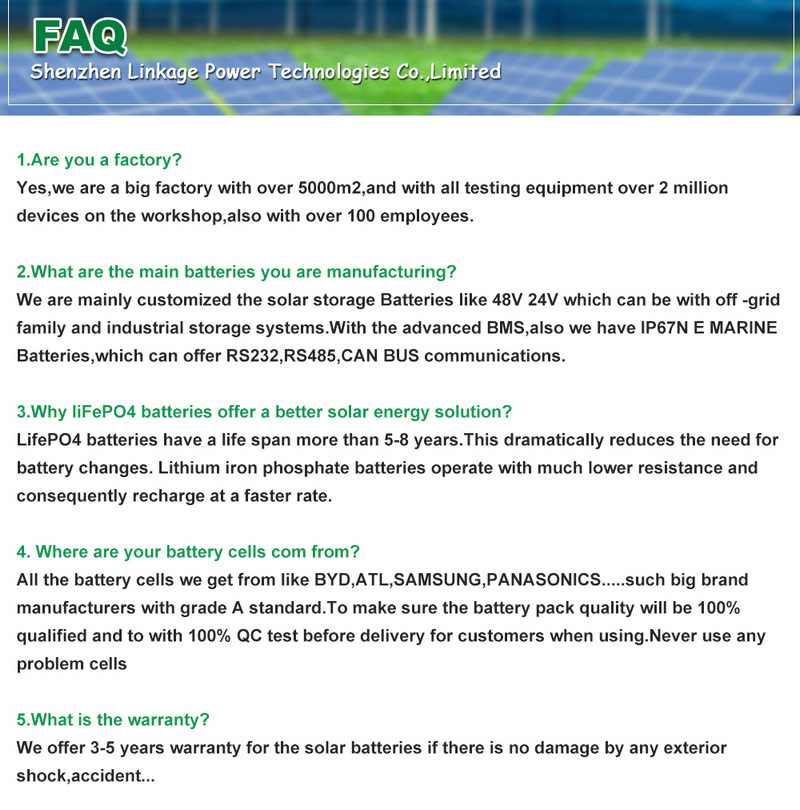

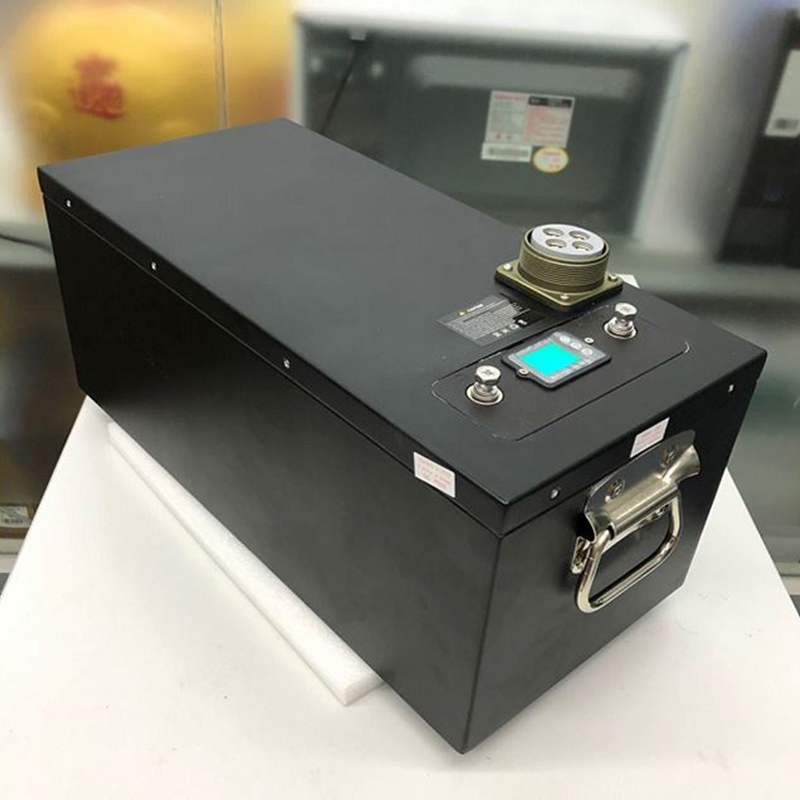

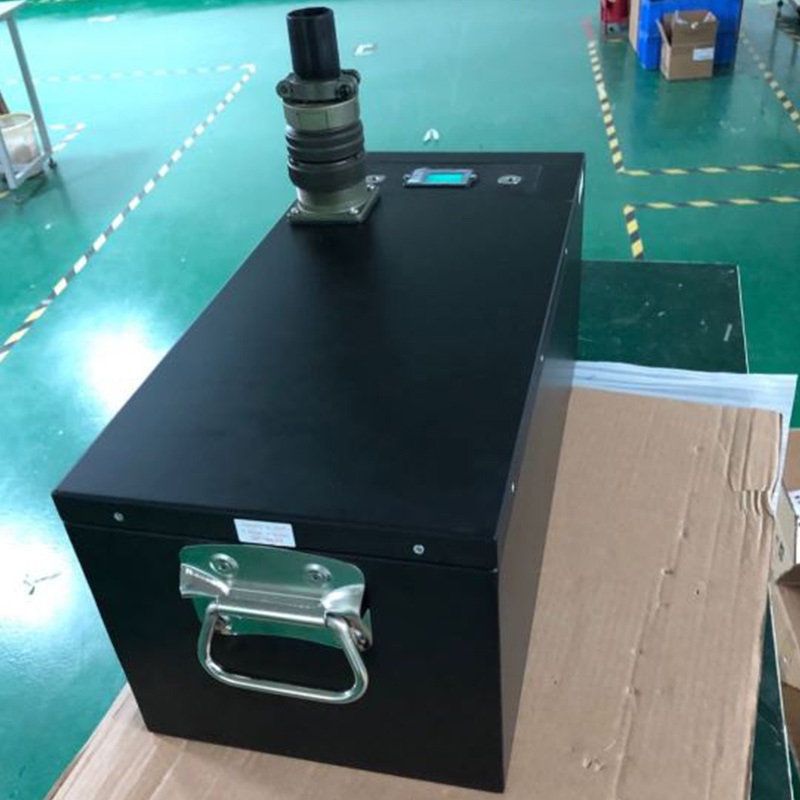
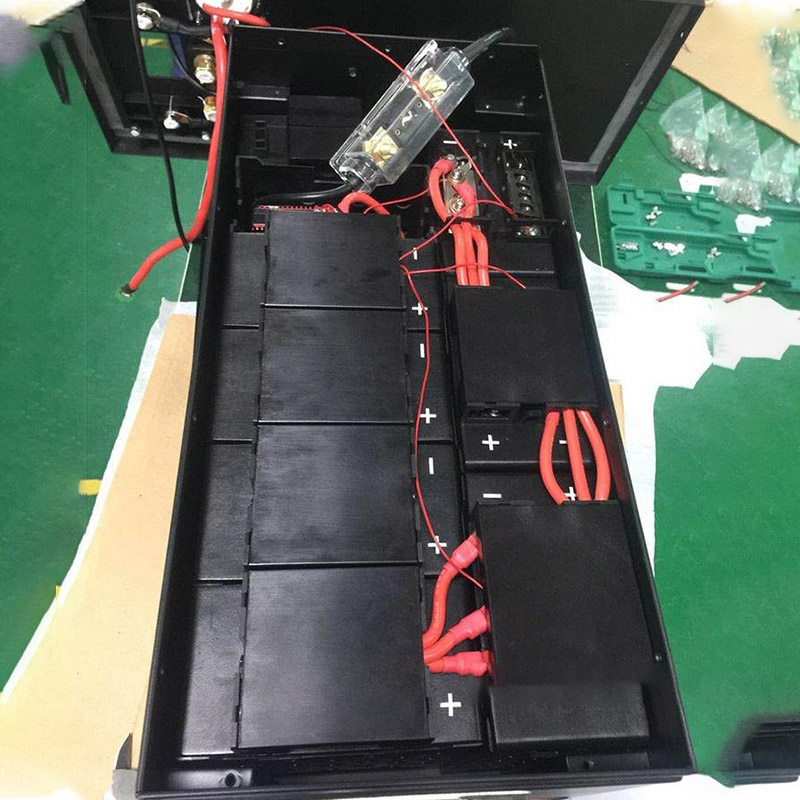
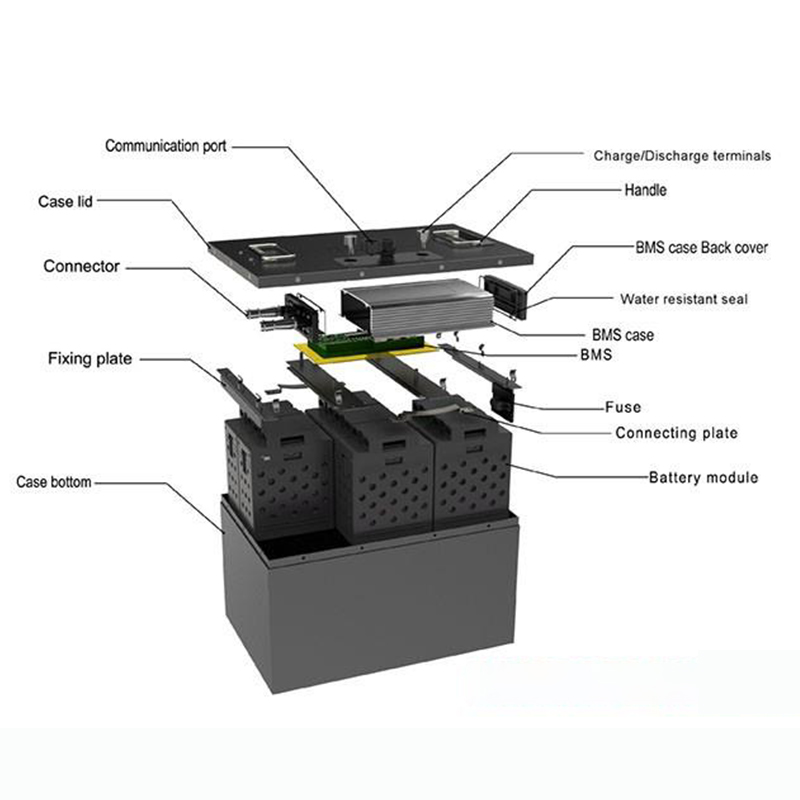
Applications Armored vehicles (new and upgraded) Light military vehicles Marine vessels Observation posts Shelter applications (back up, silent watch, storage) Renewable energy/micro-grid systems
These “drop-in” replacement batteries triple the “silent watch” capabilities of newly designed as well as existing armored vehicles, while expanding the battery life cycle from hundreds of charging cycles to thousands of cycles. This development dramatically changes the operational capabilities of armored vehicles and the way in which military organizations manage the inventories of their vehicle batteries.
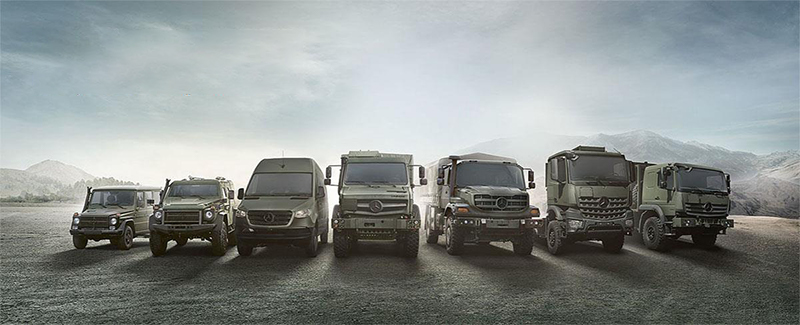
Features & Benefits
The Linkage Power 25.2V offers significant weight savings and life cycle costs compared to lead-acid technology, in addition to these features:
· Maintenance free
· Communicates over J1939 CAN Bus protocol
· Compatible with MIL-STD-1275E power bus
· Commercial off-the-shelf product
Technical Specifications
Ideally suited for applications operating on a 24V bus,Amored vehicle,Tank…..
· Nominal Capacity: 182Ah
· Nominal Voltage: 25.2V
· Energy: 4.58 kWh
· Max Continuous Working Amps: 250A
As a kind of power device, military lithium battery is widely used in industrial fields such as dual-arm electronic equipment, landing craft, torpedo boat, small unmanned aerial vehicle and so on. It has excellent performance indicators and has gradually become a vital power for military science and technology.
As a new generation of rechargeable batteries, lithium batteries have the advantages of high energy density, high working voltage, high working temperature, long service life of the circulation system, and high safety factor. They are an important market prospect for new products. It also has the characteristics of low maintenance regulations and no memory. It can be carried out quickly and quickly in battle, and generally does not require repairs at all places, reducing the burden of logistics management, and making the international forces of various countries attach great importance to and stable development. In recent years, lithium-ion batteries have been widely used in military technologies such as systems, landing craft, small unmanned aerial vehicles, and air-to-air four-axis airports.
Lithium-ion batteries are a new generation of fast-charging lithium-ion batteries following Sony’s successful development of nickel-metal hydride rechargeable batteries in 1992. Lithium battery is a new type of power device with simple principle, good safety factor and long cycle.
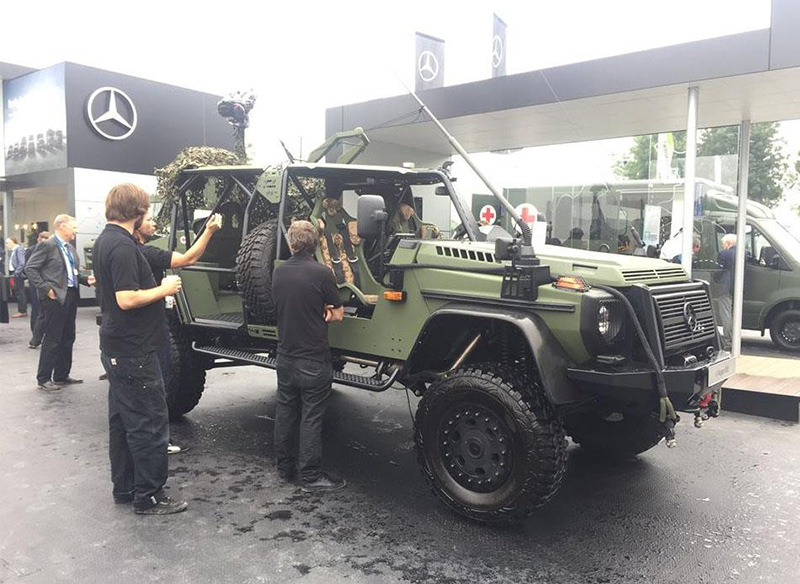
The working principle of military battery:
The difference is that the polymer lithium electrolyte is a polymer with positive ion conductivity. Lithium-ion batteries have good manufacturing and processing properties, can greatly reduce the resistance of rechargeable batteries, have strong ductility and ductility, and can also be maintained in high-quality solid-state batteries that are in contact with power sources, expanding the discharge current, and batteries with liquid electrolyte Based on the series, a flexible battery design is used to make lithium-ion batteries flexible.
Advantages of our military lithium battery:
Lithium batteries have the following core competitiveness in terms of national defense security. High output power. Lithium battery charging requires working voltage equal to three conventional rechargeable batteries. High kinetic energy is 2-3 times of average battery, small size and light weight. The respiratory system has a long service life. The damage to the project budget has been greatly reduced. No environmental pollution. Non-heavy metals and heavy metals such as mercury exceed the standard and are green energy sources. No memory. The rechargeable battery can be charged at any speed, especially in wars and emergencies. Low maintenance rate. Generally speaking, in the coming war, there is no need to maintain and reduce the management burden of freight logistics. It has the advantages of high safety factor and high operating temperature.
